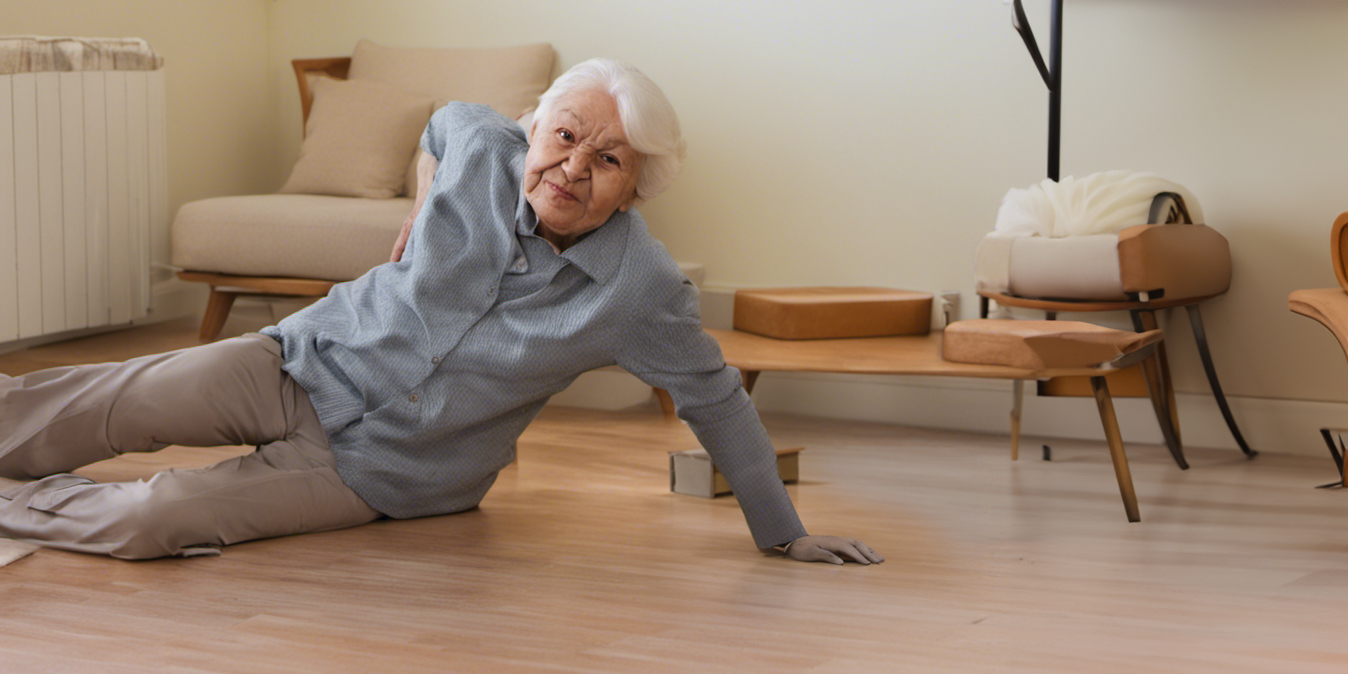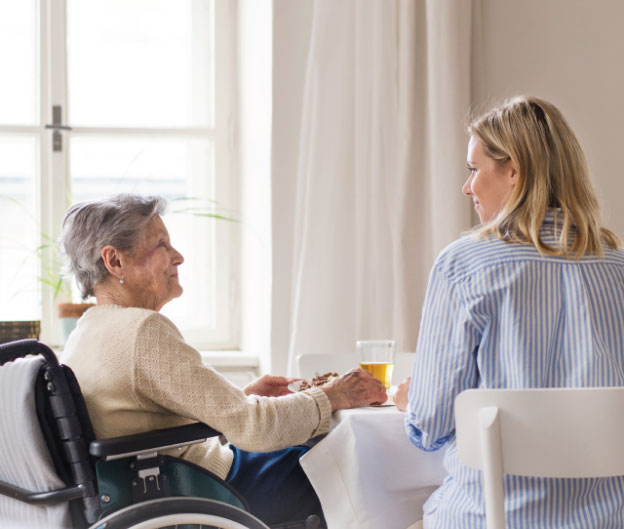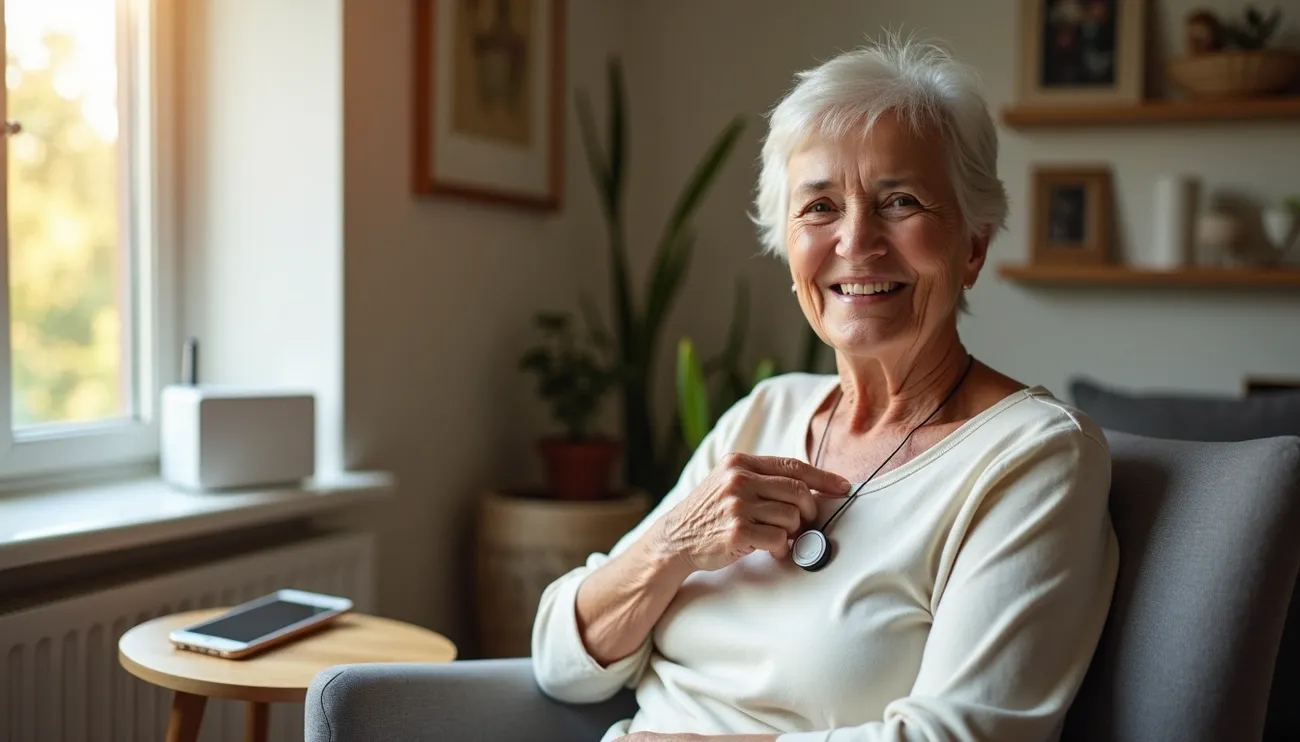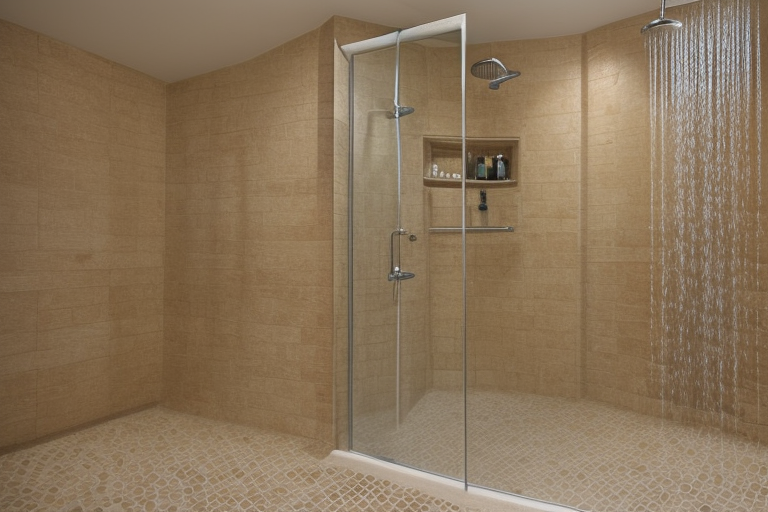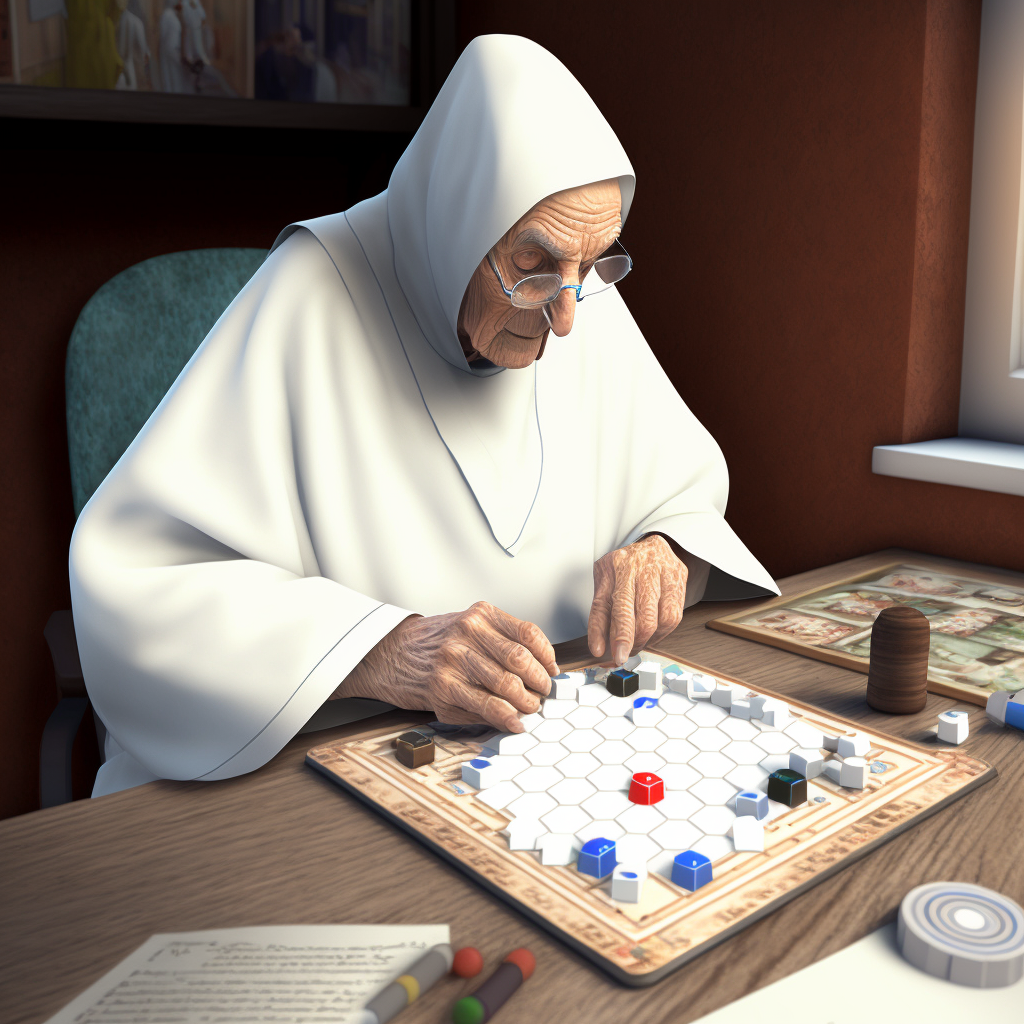Falls Prevention Strategies: Understanding the importance
Falls prevention is a critical aspect of healthcare, especially in the elderly population. Falls can lead to serious injuries, long-term disabilities, and even death. It is therefore imperative that healthcare providers, caregivers, and individuals understand the importance of falls prevention strategies and implement them effectively.
The cost of treating falls-related injuries is huge. This financial burden extends beyond the healthcare system, affecting the affected person and their family as well. The physical and emotional toll is also significant, as falls can lead to a decline in independence and quality of life. Moreover, the fear of falling can further limit an individual’s activities, leading to social isolation and depression.
Falls are not inevitable. Many falls can be prevented by identifying and addressing risk factors. This includes assessing an individual’s balance, strength, and gait, checking for hazards in the environment, reviewing medications for side effects that can increase the risk of falls, and providing education on falls prevention. By implementing effective falls prevention strategies, it is possible to significantly reduce the incidence and impact of falls.
Statistics suggest that roughly a third of individuals aged 65 and older experience at least one fall annually. While numerous falls are devoid of injury, they have the potential to lead to:
- Fractures in the hip or wrist
- Trauma to the chest including breaks in ribs
- Dislocation of hips and shoulders
- Wounds on the head and scrapes
- Sprains and bruising
- A fear-driven hesitancy towards falling which may eventually cause a loss in self-assurance and limit their activities.
Falls Prevention Strategies: What are the 4 P’s?
The 4 P’s of fall prevention are Pain, Position, Placement & Personal needs.
- Pain: Pain is a common risk factor for falls, especially in the elderly. Pain can impair balance and mobility, increase the risk of falls, and reduce an individual’s ability to sense their environment. It is therefore important to identify and manage any pain that may be present.
- Position: Positioning can also play a role in falls prevention. This includes ensuring the individual is seated in an appropriate chair with good support, or using transfer aids such as hoists or slide sheets when transferring from one surface to another.
- Placement: Placement refers to the environment and any potential hazards that may increase the risk of falls. This includes checking for items on the floor that could cause a trip or slip hazard, removing furniture that could obstruct pathways, and making other changes to reduce potential hazards.
- Personal Needs: Personal needs are also important when considering falls prevention strategies. This includes assessing an individual’s physical abilities such as balance and strength, reviewing medications for side effects that could increase the risk of falls, providing education on safe ambulation techniques, and recommending assistive devices such as grab bars or walkers if needed.
What leads to falls amongst the elderly?
A myriad of factors can initiate a tumble.
Senior citizens exhibiting mild cognitive malfunctioning or specific forms of dementia are more prone to falls. The diminishing muscle mass associated with ageing (referred to as sarcopenia), balance and gait difficulties along with an excessive drop in blood pressure upon changing physical positions from lying down or sitting (termed postural hypotension) all present significant risks for falling.
As you gain in years, your vision, auditory capabilities, and reflexes may not retain their initial sharpness. Certain medical conditions like diabetes, heart ailments or issues with your thyroid, nerves, feet, or circulatory system can compromise your stability and precipitate a fall. Health problems which necessitate swift trips to the restroom such as incontinence might increase the likelihood of taking a spill.
Painful foot-related issues along with unsafe footwear choices like backless shoes or high heels can increase one’s susceptibility towards experiencing a stumble. Some prescription drugs heighten an individual’s risk of falling due to side effects ranging from dizziness to confusion – the more medications consumed simultaneously increases this probability further.
Safety hazards within one’s residential environment or local community surroundings could also act as triggers for falls.
Sarcopenia: An Overview
Originating from the Greek terms sarx, meaning flesh, and penia, referring to loss, sarcopenia pertains to a decrease in muscle mass coupled with diminished strength and functionality. While it is typically linked with the ageing population, certain variants of sarcopenia may also impact individuals in their middle age.
Sarcopenia has been known to cause weakness and fatigue; it can reduce energy levels; and lead to challenges in performing simple tasks such as standing up straight or climbing stairs. Those suffering from chronic illnesses are more susceptible to developing this condition which can increase their risk of accidents like falls or fractures that could result in serious injuries or even early death.
Factors like inadequate nutrition coupled with a sedentary lifestyle can heighten the likelihood of one succumbing to sarcopenia. If you notice an unexplained general weakness either within yourself or a family member, consulting a medical professional is advisable as these symptoms could be indicative of sarcopenia or some other health-related issue.”
Steps to Take to Prevent Falls
Preventing falls involves a combination of personal, environmental, and healthcare strategies. Personal strategies include staying physically active, getting regular eye exams, and wearing non-slip footwear. Environmental strategies involve removing hazards, installing handrails and grab bars, and ensuring adequate lighting.
Healthcare strategies include regular health check-ups, medication reviews, and the use of assistive devices. It’s also important to have a plan in place in case a fall does occur, including knowing who to call for help and how to get up safely.
In addition to these steps, several devices and technologies can help to prevent falls. These include bed and chair alarms, sensor beams, airbags, and safety mats.
The Role of Bed and Chair Alarms in Fall Prevention
Bed and chair alarms are devices that alert caregivers when an individual attempts to get up without assistance. These alarms can be particularly useful for individuals with cognitive impairment, mobility problems, or a history of falls.
The alarms work by sensing when the individual’s weight is no longer on the bed or chair. When this happens, the alarm sounds, alerting the caregiver that the individual may be at risk of falling.
In addition to alerting caregivers, bed and chair alarms can also act as a deterrent, discouraging individuals from attempting to get up without help. However, it’s important to remember that these alarms are not a substitute for regular monitoring and assessment.
Exploring Brands for Fall Prevention: Cura1 and Safe-Life
When it comes to falls prevention, several brands offer innovative products. Two such brands are Cura1 and Safe-Life.
Cura1 and Safe-Life offer a range of falls prevention products, including bed alarms, chair alarms, sensor beams, and floor mats. These products are designed to alert caregivers when an individual is at risk of falling, allowing them to intervene before a fall occurs.
Fall Prevention Strategies: Sensor Beams
Sensor beams are a type of falls prevention technology that detects when an individual has left their bed or chair. These devices emit a beam of light or infrared radiation across the bed or chair. When the beam is broken, an alarm is triggered, alerting caregivers that the individual may be at risk of falling.
Sensor beams can be particularly useful for individuals who are at high risk of falls, such as those with cognitive impairment or mobility problems. They can also be used in conjunction with other falls prevention strategies, such as bed and chair alarms, for added protection.
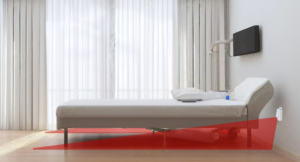
S-airbags for falls protection
S-airbags are a relatively new technology in falls prevention. These devices are worn around the waist and inflate automatically when a fall is detected, cushioning the impact and reducing the risk of injury.
S-airbags can be particularly useful for individuals who are at high risk of falls, such as those with mobility problems or a history of falls. They can also provide a sense of security, reducing the fear of falling and encouraging individuals to stay active.
However, it’s important to note that while S-airbags can reduce the impact of a fall, they do not prevent falls from occurring. They should therefore be used in conjunction with other falls prevention strategies.
The Importance of Crash Mats in Fall Prevention
Crash mats are another important tool in falls prevention. These mats are placed next to the bed or chair and provide a soft landing in the event of a fall, reducing the risk of injury.
They can be particularly useful for individuals who are at high risk of falls, such as those with mobility problems or a history of falls. They can also provide a sense of security, reducing the fear of falling and encouraging individuals to stay active.
However, like S-airbags, crash mats do not prevent falls from occurring. They should therefore be used in conjunction with other falls prevention strategies.
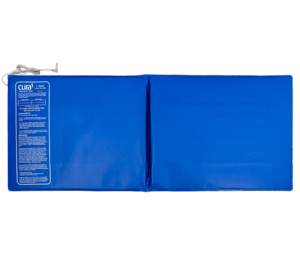
What to Do First When a Patient Falls?
Despite the best efforts, falls can still occur. Knowing what to do when a patient falls can minimise the risk of further injury and ensure that the patient receives appropriate care.
The first step is to stay calm and ensure the patient’s safety. If the patient is unconscious or appears to be seriously injured, call for medical help immediately.
If the patient is conscious and does not appear to be seriously injured, encourage them to stay still while you assess for any injuries. Ask about pain and check for any visible injuries like bruises or cuts.
Once the patient has been assessed and any immediate medical needs have been addressed, it’s important to review the circumstances of the fall. This can help to identify any factors that may have contributed to the fall and inform future falls prevention strategies.
Actions to Take If You Experience a Fall in Your Home
In the unfortunate event of experiencing a fall within your own household, it’s imperative not to allow panic to take hold – remain stationary for several moments as you endeavour to regain composure.
- Should you be within arm’s reach of aid, do not hesitate to seek assistance. Dial the emergency services hotline at triple zero (000) or contact your local medical practitioner urgently – ensuring your telephone is conveniently located close to ground level, perhaps on a low-set table.
- Next, evaluate whether you possess the capability and strength required for self-mobilisation.
- If self-mobility is achievable, begin by carefully rolling onto your abdomen with an aim towards assuming a crawling posture. Slowly manoeuvre yourself toward any sturdy furniture item such as an armchair or couch.
- Attempt transitioning from crawling into a kneeling position.
- Leverage the power from your dominant leg and both arms while ensuring secure grip on said piece of furniture during this movement transition phase.
- Once upright, consider taking rest seated on that same furniture piece utilised for leverage before attempting any further movements.
- Following this incident ensure scheduling an appointment with your healthcare professional promptly post recovery period so they may inspect potential injuries and determine if health-related factors triggered this unexpected mishap.
- If rising unaided proves challenging, strive to shuffle or inch your way towards a carpeted area and locate any items that may provide warmth such as bed linen, towels or garments whilst awaiting assistance.
- Utilise your personal alert device if you are in possession of one. If not equipped with a personal alarm system, use an implement capable of generating a loud sound when struck against something – for instance, rapping a walking cane on the wall might catch the attention of nearby residents.
- In circumstances where it’s clear that no one will perceive your attempts for help, prioritise staying warm and attempt to regain footing at another time.
- Following an incident like this, arrange an appointment with your medical practitioner to investigate potential injuries and determine if there were medical factors contributing to the fall.
Conclusion: Implementing Successful Falls Prevention Strategies
Falls prevention is a critical aspect of healthcare, with significant implications for the individual, their family, and the healthcare system. Implementing effective falls prevention strategies can significantly reduce the incidence and impact of falls.
These strategies should be multifaceted, addressing personal, environmental, and healthcare factors. They should also involve regular monitoring and assessment, and be tailored to the individual’s needs and circumstances.
While falls cannot always be prevented, the risk can be significantly reduced. By understanding the importance of falls prevention and implementing effective strategies, it is possible to improve safety, preserve independence, and enhance quality of life.
Implementing successful fall prevention strategies may seem challenging, but with knowledge, vigilance, and the right tools, it is entirely achievable. Protect your loved ones from falls and ensure their safety by acting now.
Assistance
In any urgent situation, your first point of contact should always be triple zero (000). Your primary healthcare provider or local community health services are also available to offer support.
For falls and balance services in the Victoria, please refer to the directory provided by Victorian Falls and Balance Service.
My Aged Care can be reached at 1800 200 422 for additional assistance.
Carers Australia offers further help, contact them at this number: 1800 422 737.
COTA is also accessible via telephone at (03) 9655 2100.
Lastly, Independent Living Centre Victoria can be contacted through their helpline -1300 885 886.





